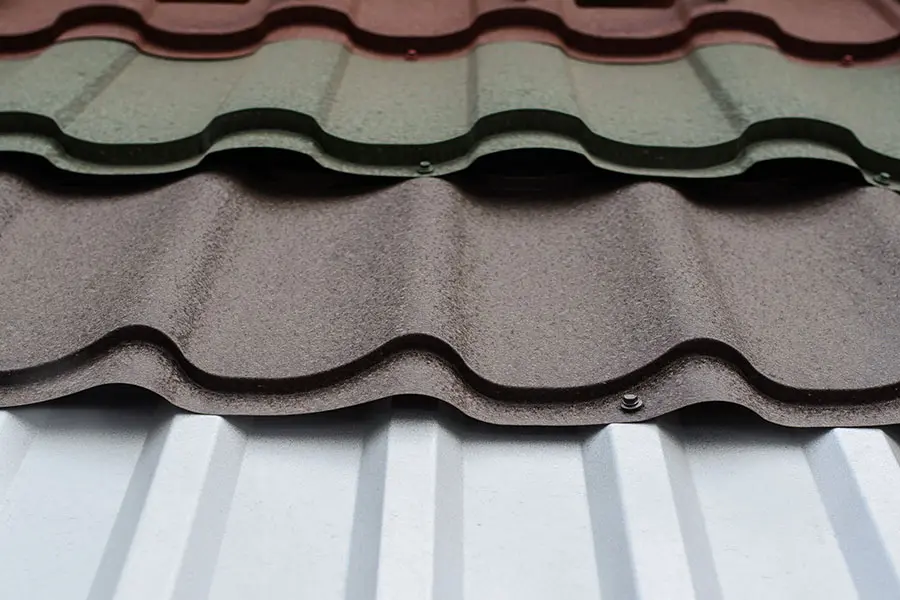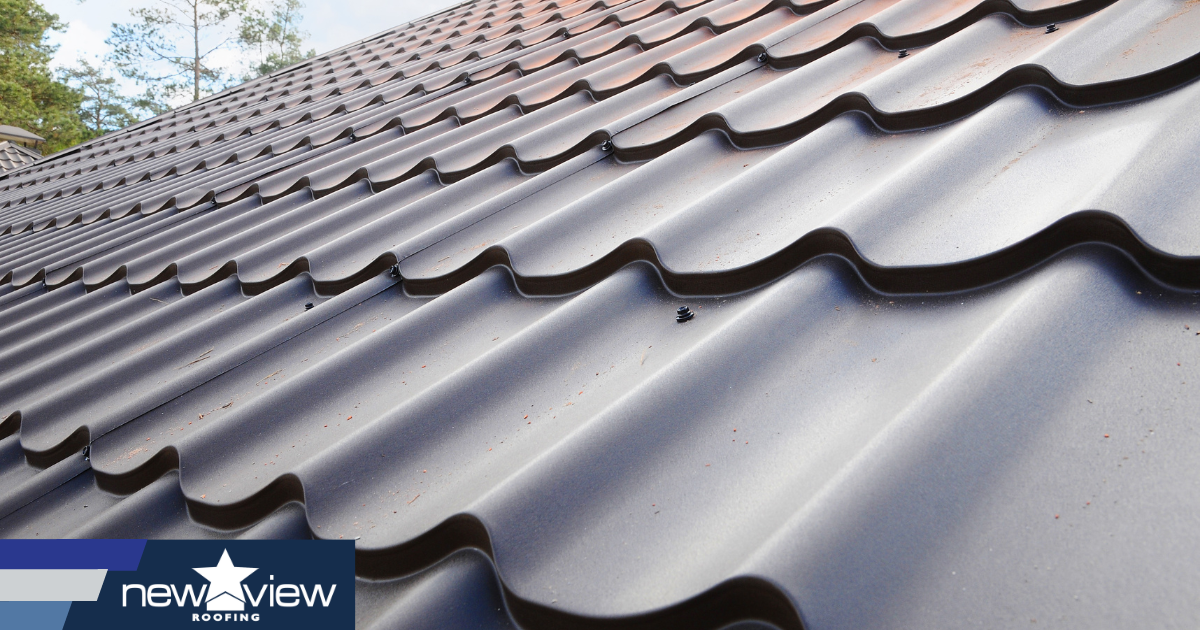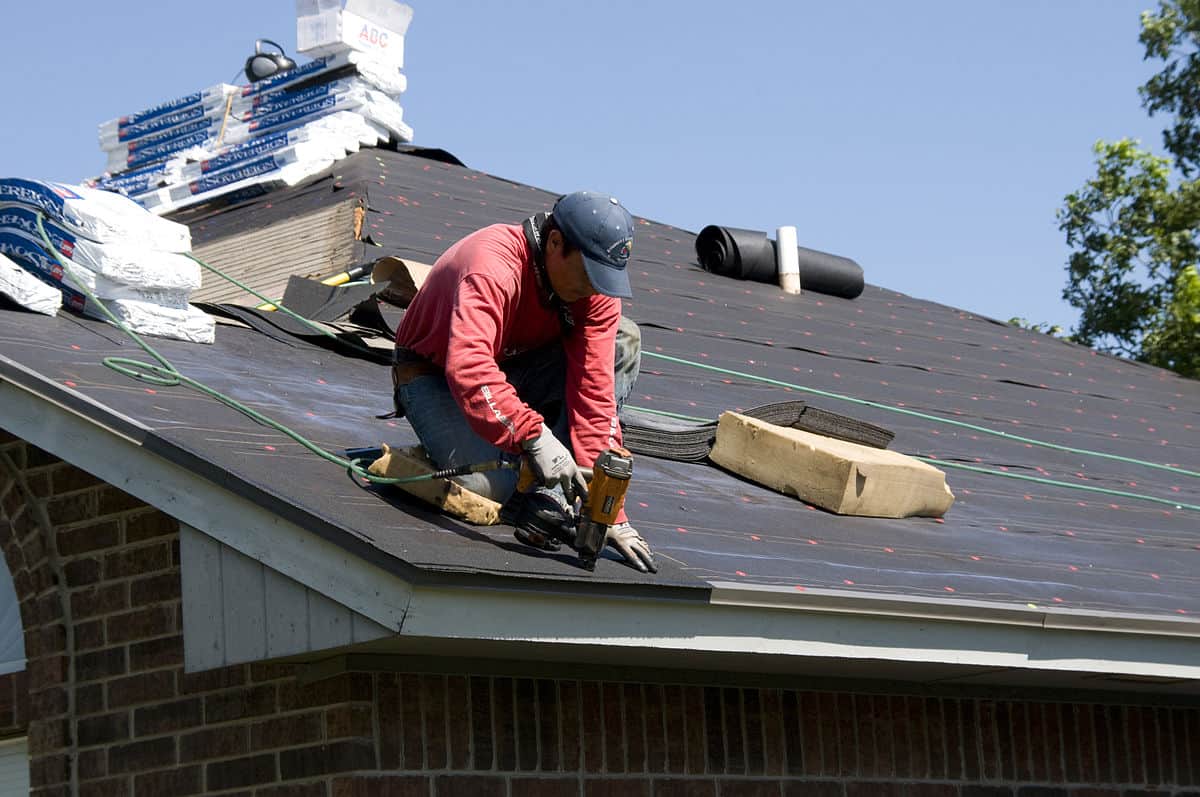A Comprehensive Look at Roofing Companies Gainesville Locals Recommend
A Comprehensive Look at Roofing Companies Gainesville Locals Recommend
Blog Article
Ideal Practices for Ensuring Correct Roof Ventilation
Guaranteeing appropriate roof covering air flow is important for the long life and performance of a roof. A well balanced consumption and exhaust vent ratio, generally 1:300, plays a crucial role, with intake vents ideally placed at the lower side of the roofing for great air entrance and exhaust vents at the top for cozy air departure. Routine evaluations to recognize clogs and preserve clear air movement are critical. Keeping insulation away from vents is vital to stop airflow limitation. Comprehending these foundational aspects establishes the phase for more thorough insights right into setup and maintenance techniques that can considerably enhance your roofing system's efficiency.
Understand Ventilation Fundamentals
Effectively understanding air flow basics is important for ensuring the durability and effectiveness of roof covering systems. Efficient air flow reduces dampness build-up and temperature level extremes in the attic room, both of which can cause substantial structural damages over time. A well-ventilated roof covering aids in preventing typical concerns such as mold and mildew development, timber rot, and ice dams, which can jeopardize the integrity of the roof covering materials and the underlying frameworks.
The key objective of air flow is to promote the motion of air, enabling a constant exchange in between the outdoor and interior environments. This equilibrium is accomplished through a mix of consumption and exhaust vents that interact to maintain optimum air movement. Intake vents, commonly situated along the eaves or soffits, permit fresh air to enter the attic room space, while exhaust vents, usually located at or near the roofing system ridge, allow warm, damp air to escape.
Trick variables affecting the performance of roofing system air flow include appropriate positioning, sufficient sizing, and making certain that both consumption and exhaust vents are unhampered. Regular evaluation and maintenance are vital to determine prospective blockages, damage, or inefficiencies in the ventilation system, thereby protecting the roof covering's performance and longevity.
Sorts Of Roof Covering Vents
Roof vents play a vital role in maintaining reliable attic room air flow and, by extension, the overall health and wellness of the roof covering system. Numerous kinds of roof covering vents are readily available, each with special advantages customized to certain roofing demands.

Soffit vents are installed under the eaves and operate in tandem with roofing vents to make certain a well balanced consumption and exhaust system. By allowing cooler air to get in from below, soffit vents facilitate the expulsion of warm air through top vents. Gable vents, located on the outside wall surfaces of the attic room, deal an additional reliable option, especially in homes with gable roofings.
Examine Your Existing Ventilation

Next, think about the age and condition of your roof products and ventilation parts. Older systems might not adhere to current structure codes or may have worn away over time, minimizing their effectiveness. Conduct a comprehensive assessment to recognize any kind of indicators of wear and tear, such as rust, damages, or spaces that might compromise the system's efficiency.
Additionally, measure the attic room temperature and moisture degrees. Heats and moisture can indicate inadequate air flow - roofing companies in gainesville florida. Use Your Domain Name a hygrometer and thermometer to acquire exact readings, comparing them with outdoor conditions. Relentless disparities suggest prospective concerns that require addressing.
Installment Best Practices
Effective setup of roof air flow systems is vital for making certain optimal efficiency and longevity. Proper setup begins with comprehending the details ventilation demands of the building and the roof it covers. This entails determining the right proportion of intake to wear down vents, typically adhering to the 1:300 guideline, which states one square foot of air flow for every single 300 square feet of attic room floor space.

The positioning of vents is just as essential. Intake vents must be mounted at the roof covering's lower edge, often in the soffits, to permit amazing air to get in. Exhaust vents, on the other hand, ought to be installed near or at the roof's top to promote the leave of warm, moist air. This produces an all-natural airflow that assists keep temperature and wetness balance within the attic area.
Seal all air vent links meticulously to stop air leakages and potential water infiltration. Use high-quality materials and follow maker standards to make certain sturdiness and performance. In addition, integrating ridge vents with baffles can substantially boost air movement performance by avoiding wind-driven rainfall and snow from entering the attic.
Eventually, accurate installation of roofing ventilation systems alleviates potential issues such as mold growth, ice dams, and structural damages, making sure the roofing's honesty and the building's overall health.
Regular Maintenance Tips
Consistency in upkeep methods is essential to making sure the long-lasting performance of roof air flow systems. During these inspections, make sure that vents are totally free of debris, nests, and various other blockages that could restrain air movement.
Cleaning up the vents is an additional crucial task. Utilize a soft brush or a vacuum to get rid of dust and particles from consumption and exhaust vents. Beware not to harm the vent displays or louvers during the procedure. Furthermore, evaluate the attic space for any kind of signs of water damages, which can jeopardize the integrity of the roof system.
Appropriate insulation is just as essential. Make certain that attic insulation does not obstruct the vents, as this can badly restrict airflow. Rearrange or change it to keep a reliable barrier. if any kind of insulation has actually shifted or settled.
Finally, replace any type of harmed or missing out on check that components immediately. Busted vents, cracked roof shingles, or worn-out flashing can all add to poor ventilation and should be resolved immediately. Routine upkeep makes certain that the roofing air flow system works efficiently, consequently extending the life-span of the roof covering itself.
Final Thought
Making sure appropriate roof covering ventilation is paramount for keeping the performance and durability of a roof. Adherence to the 1:300 consumption and exhaust vent proportion, paired with the tactical positioning of vents, is necessary. Routine semiannual evaluations, debris cleansing, and making sure insulation does not block air movement are vital practices. Applying these finest practices will certainly promote a well-ventilated roof, thus reducing potential problems related to moisture buildup and excessive heat, eventually lengthening the roof's life-span.
A well balanced intake and exhaust vent proportion, typically 1:300, plays a crucial role, with consumption vents preferably put at the lower edge of the roofing system for amazing air entrance and exhaust vents at the peak for cozy air exit. Consumption vents, generally situated along the soffits or eaves, enable fresh air to enter the attic room room, while exhaust vents, typically situated at or near the roofing ridge, make it possible for hot, damp air to run away.
Soffit vents are installed under the eaves and work in tandem with roofing vents to guarantee a balanced intake and exhaust system. By allowing cooler air to enter from below, soffit vents assist in the expulsion of warm air via upper vents. Adherence to the 1:300 intake and exhaust air vent ratio, combined with the calculated positioning of vents, is necessary.
Report this page